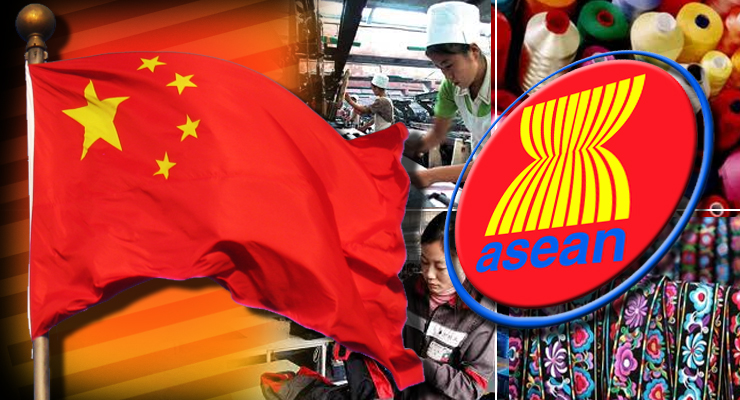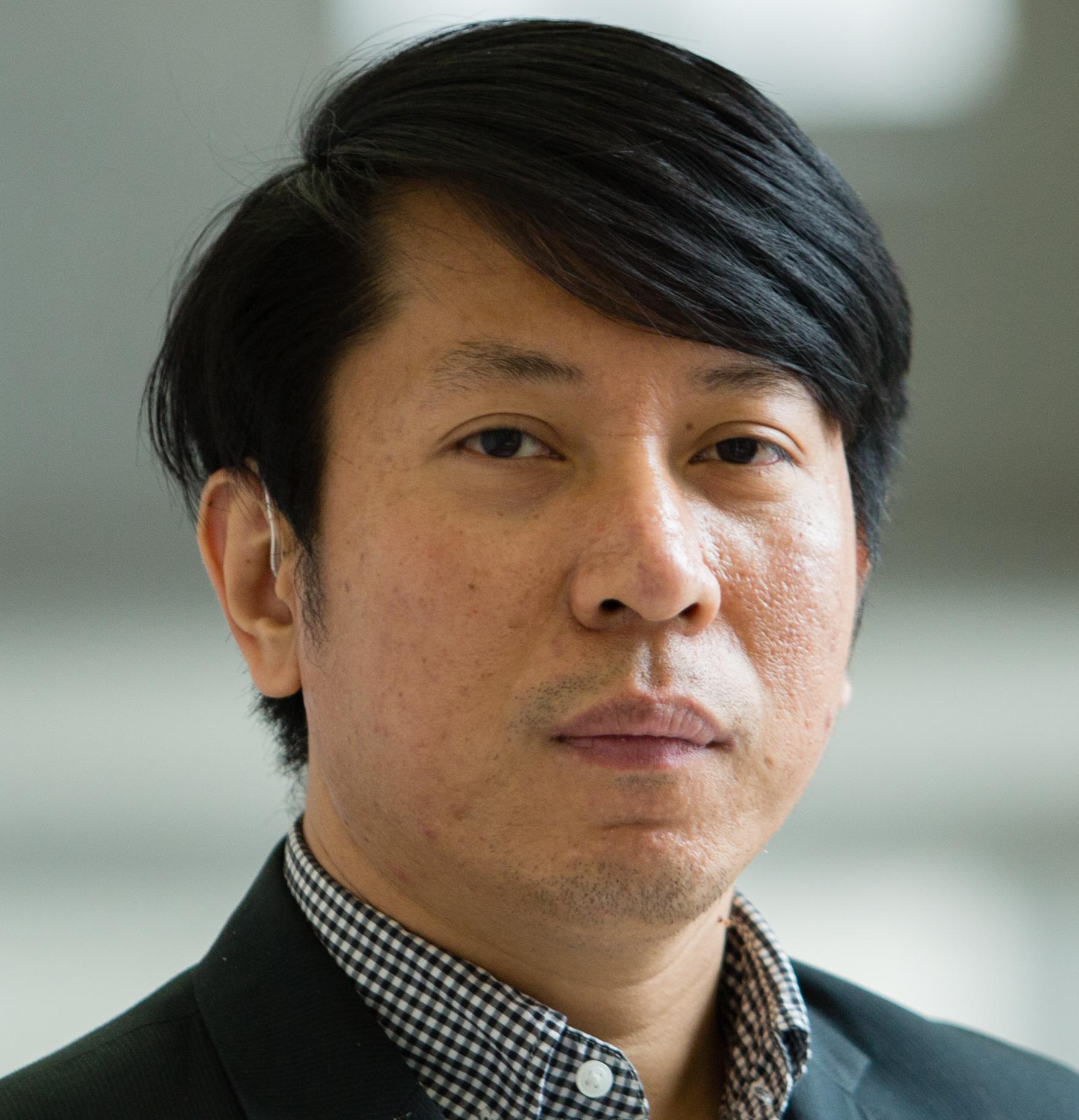In August, the Association of Southeast Asian Nations (ASEAN) will celebrate its fiftieth anniversary. As Alice Ba details in her classic analysis of the evolution of ASEAN, [Re]Negotiating East and Southeast Asia, no one present at its birth in 1967 could be confident that ASEAN would live past infancy. At that time Southeast Asia was viewed by many as “the powder keg of Asia,” a non-region whose weak and quarrelsome governments created a Balkanized turbulence luring in major powers. ASEAN was founded precisely because of the vulnerability of the region. It considered itself pro-Southeast Asia, but not opposed to anyone else. Internally its mission was to strengthen the sovereignty of its members. The “ASEAN Way” became known for its plethora of meetings trending toward consensus and for its creative ventures in extra-regional leadership.
In 1967, China was at the height of its radical adventurism in foreign policy and Southeast Asia was its main target. It was actively supporting revolutionary groups in Burma, Thailand, and Cambodia, and it was supporting the North Vietnamese against American clients in the south. ASEAN could have become an anti-communist alliance, especially since its five original members were all collaborating with the U.S. military in various ways. Instead, ASEAN did not invite either the Hanoi or the Saigon governments to its founding meeting. Though it was unsuccessful in persuading neutral Burma and Cambodia to join, from the beginning ASEAN’s mission was to become a region-wide association of sovereign members willing to work with their neighbors.
Vietnam’s invasion of Cambodia in 1979 gave China and ASEAN a common adversary. China ceased its support of revolutionary groups in Southeast Asia, and joined with ASEAN and the United States in an anti-Vietnam entente. At the same time, China’s shift to reform and openness began to develop a common economic interest. Because trade started from near zero it was a long time before China became a significant economic partner for Southeast Asia, but the rapidity of China’s growth and its cooperative attitude attracted the region’s positive attention.
When Sihanouk began his talks with Hun Sen in 1987, Southeast Asian support for the anti-Vietnam entente began to crumble. ASEAN was eager to expand into a comprehensive regional association and admitted Vietnam in 1995, Laos and Myanmar in 1997, and finally Cambodia in 1999. At the same time that it was consolidating its regional membership ASEAN reached out to involve other states in ASEAN-centered initiatives. The ASEAN Regional Forum (ARF) was created in 1994 and now includes 27 members, including such strange bedfellows as North Korea and the United States. ASEAN Plus Three meetings with China, South Korea, and Japan were initiated in 1997, and regular contacts with other countries have been expanded under various rubrics.
ASEAN’s greater presence in the 1990s coincided with China’s post-Tiananmen turn toward good neighbor policies and openness to multilateralism. In Central Asia, China created the “Shanghai Five” to reduce the risk of cross-border turbulence. In Southeast Asia, China established diplomatic relations with Indonesia and Singapore in 1990 and became a dialogue partner with ASEAN in 1991. China began its process of normalization with Vietnam in 1990 and did not oppose Vietnam’s entry into ASEAN in 1995. China overcame its initial suspicions of the ARF initiative and joined in 1997. Certainly, trade encouraged mutual interest in the relationship, but in the early 90s, it amounted to only 2% of ASEAN’s total trade. Both sides were happy to put war differences behind them and to talk in terms of inclusive partnerships.
The last twenty years have been the most interesting time of the ASEAN-China relationship, but one composed of two very different decades. The decade from 1997 to 2008 became the golden age. China’s support for the Hong Kong dollar and for the Renminbi during the Asian Financial Crisis of 1997 won the gratitude and respect of Southeast Asia. The region was impressed both by China’s concern for mutual benefit and for its capacity to hold its own against the tide of financial pressures. At the same time, the region was unnerved by its own vulnerability to global forces and disappointed in the cold shoulder it received from the Washington Consensus. The new reliance on China mushroomed quickly. In 2002, China became the first country outside the region to accede to ASEAN’s Treaty of Amity, essentially a mutual non-aggression treaty, which was made somewhat more specific by a joint declaration on conduct in the South China Sea. The ASEAN-China Free Trade Area was also launched. By this time trade with China had grown to over 6 percent of ASEAN’s imports and exports.
However, the global financial crisis of 2008 shook the economies and the self-confidence of the region. Meanwhile China’s apparent imperviousness to global woes and leap to great power status raised the question of whether Southeast Asia was becoming China’s backyard. China-ASEAN trade went from 14% of total extra-ASEAN trade in 2008 to 20% in 2015, 25% if Hong Kong is included. China’s foreign direct investment (FDI) is less impressive in quantity, in 2015 only 7% of total FDI and 61% of U.S. investment. However, the growth rate is enormous. From 2010 to 2015 Chinese FDI more than doubled while U.S. investment stayed flat, and the increase in Chinese investment accounted for one-third of ASEAN’s FDI growth. The change in tourism is even more striking. Chinese tourism grew 42% from 2014 to 2015 to 30% of extra-ASEAN tourism. Even without the South China Sea tensions, the changing relationship with China has been ASEAN’s chief concern for the past 10 years.
What happens next? China’s “new normal” growth will no longer be exceptional, but it will remain and grow as the biggest player on ASEAN’s horizon. The International Monetary Fund’s latest projections expect China’s economy to grow only one percent faster than ASEAN and equal to the Philippines and Vietnam, ASEAN’s fastest growing economies. Rapid growth and fluctuation can still be expected in FDI and in tourism because of China’s changing workforce, infrastructure projects, and the growing middle class. But in general the proportions of integration should hold even as the content becomes more complex.
ASEAN’s commitment to regional consensus and to global inclusiveness has been one of the world’s most successful diplomatic initiatives of the past fifty years. While nationalists in China and Vietnam as well as global media remain fixated on sovereignty disputes in the South China Sea, faster growth of the developing world than the developed world is the tectonic trend in the world political economy. ASEAN and China are both leaders in this trend, and thus far they have worked well together.



